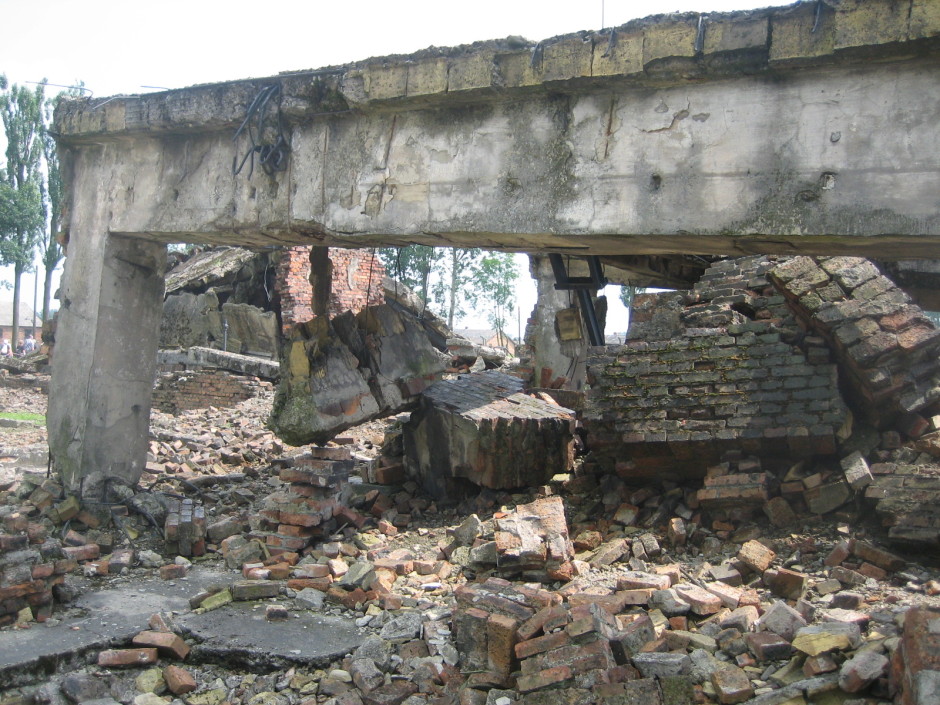The name of the game in Auschwitz-Birkenau today is preservation, preservation, preservation.
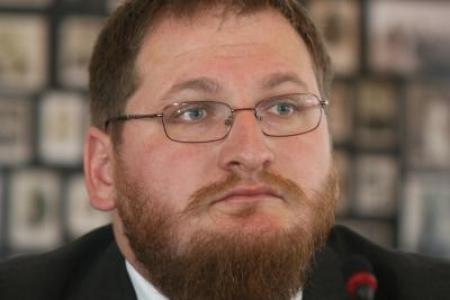
“I want to preserve its authenticity and humanity,” Piotr Cywinski, the director of the Auschwitz-Birkenau State Museum in Oswiecim, Poland, said in Toronto yesterday.
Cywinski, who has been leading conservation efforts at the infamous Nazi camp since his appointment a decade ago, was in Canada on a speaking tour.
Auschwitz-Birkenau, liberated by the Red Army 70 years ago, was the biggest extermination camp in the Nazi empire of genocide, bigger than camps such as Treblinka and Sobibor.
More than one million Jews, as well as tens of thousands of Polish Catholics and Soviet prisoners of war, perished on its grounds.
Although some of its buildings were reduced to rubble by the Nazis before they hastily evacuated the camp, Auschwitz-Birkenau was found more or less intact when it was captured by Soviet forces on January 27, 1945.
Since then, the camp has gradually crumbled in the face of the elements. Cywinski and his team of conservators have done their best to minimize the damage, but it has been an uphill battle.
“It’s been an incredibly difficult task,” he said in a speech at Beth Sholom Synagogue on February 22. He was introduced by Peter Jassem, the head of the Polish-Jewish Heritage Foundation in Toronto.
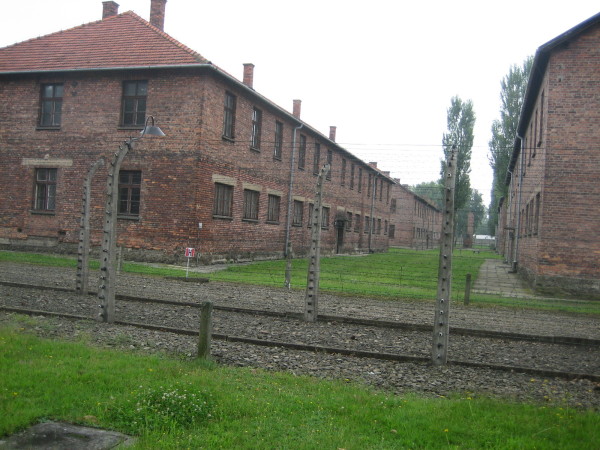
The camp, sitting on 191 hectares in southern Poland, is composed of Auschwitz 1, where the museum is located, and Auschwitz II, where the machinery of death consumed the lives of both Jews and Christians.
The museum, established in 1947, has a mandate to inform and educate visitors about the Holocaust. Its other task is to preserve what remains in the camp — 155 buildings, 300 ruins (which include the remnants of gas chambers and crematorium), 13 kilometres of barbed wire fencing, a trove of SS documents, 3,800 suitcases, 12,000 pots and pans, 110,000 shoes, 88 pounds of eye glasses, 379 striped uniforms and 246 prayer shawls, among other relics.
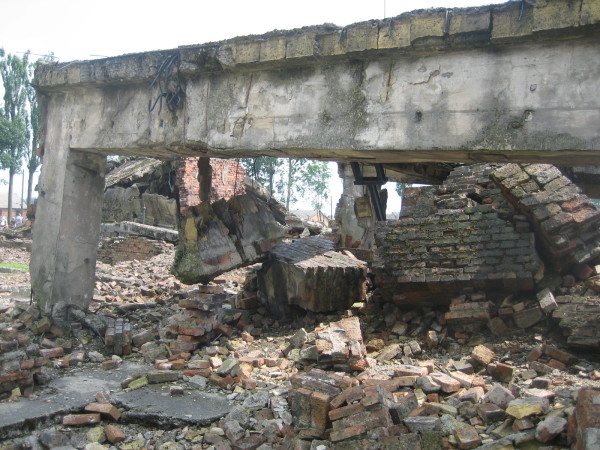
By his estimate, the barracks where female inmates were housed are in the worst condition, having reached the cusp of collapse. The reason is clear. They were built with poor building materials by prisoners who knew precious little about construction, he said.
Since the end of the communist era in Poland in 1989, the number of visitors has been on an upward trajectory. Last year, the figure reached 1.7 million, representing visitors from all but three countries of the world: North Korea, a Pacific island nation and a country in Africa.
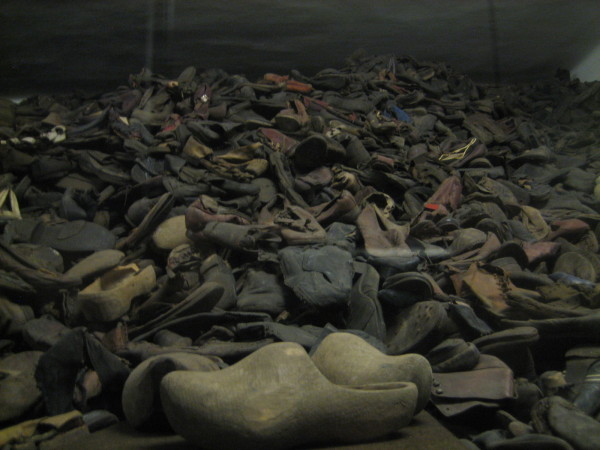
The majority of visitors are young people who invariably arrive in a buoyant frame of mind and leave in a reflective mood, he noted.
“You can learn about Auschwitz-Birkenau in books,” said Cywinski, a historian by training.”But you can only grasp its authenticity by being there.”
Poland’s ambassador to Canada, Marcin Bosacki, reminded the audience that three million of the six million Jewish victims of the Holocaust were Polish Jews.
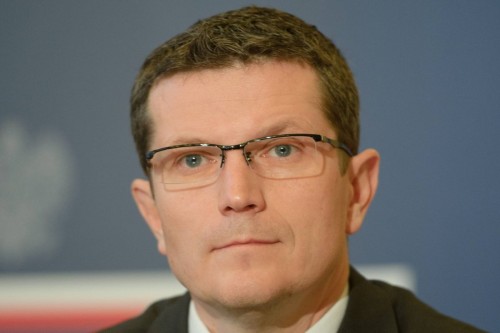
“With their deaths, a significant part of my country died,” he said. “Auschwitz-Birkenau is a warning to today’s world.”
He added, “Auschwitz-Birkenau is a symbol of the worst crime in history, and Poland remembers that as part of our collective memory.”
Poland also pays homage to the 80,000 to 90,000 Polish Christians who died in the camp, Bosacki said.
